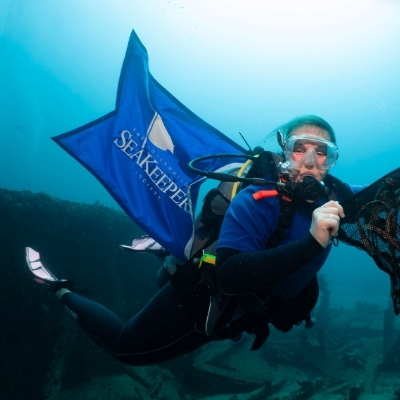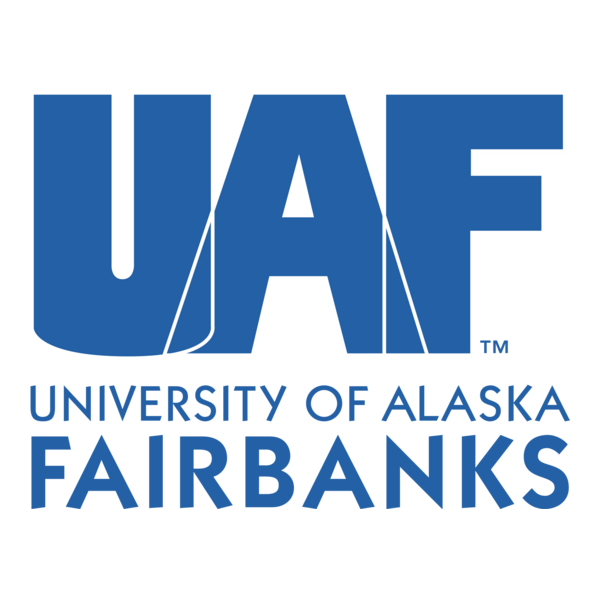Satellite Tagging Chinook Salmon
Project Overview:
The University of Alaska Fairbanks is actively pursuing a research goal focused on enhancing our understanding of the movement, distribution, and behavior of large Chinook salmon during their offshore phase in the Bering Sea and Aleutian Islands. This particular segment of the salmon life cycle remains inadequately understood, prompting our commitment to augment this knowledge for practical applications.
This research aligns with our dedication to applied scientific inquiry, addressing real-world challenges in fisheries management and environmental stewardship. Through meticulous study and data collection, the University of Alaska Fairbanks aims to contribute meaningful information to facilitate informed decision-making and promote the coexistence of fisheries activities and the conservation of Chinook salmon populations in these ecologically vital regions.
Program Partners
- University of Alaska Fairbanks
Location
-
St. Paul Island,
Russian Maritime Border along the Continental Slope with a Focus on Offshore Canyons,
North of the Aleutian Island Chain
Expected Time Frame
- July or August 2026
Duration of Expedition
- Up to 3 weeks
Negotiable Timeframe – the longer the duration the more impactful due to the unpredictability of finding Chinook salmon in open ocean environments.
Accommodation Needed
- 3
Special Equipment Needed
- Swim platform (hydraulic/stationary) or easy access to water
Expedition parameters listed above are flexible and negotiable.
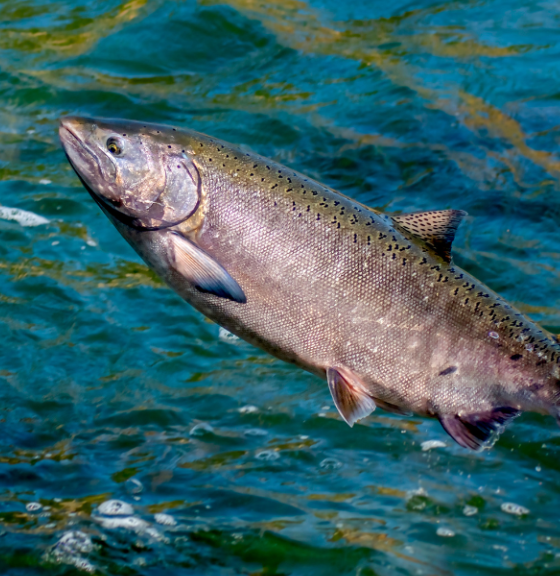
Background:
To date, the University of Alaska Fairbanks’ focus has been on Chinook salmon in nearshore environments, creating a spatial data gap offshore, notably in the Bering Sea. Their aim is to target Chinook salmon between St. Paul Island and the Russian maritime border along the continental slope, with a focus on offshore canyons. A secondary goal is to capture Chinook salmon north of the Aleutian Island chain.
The project has been going on for ten years is expected to last into the foreseeable future.
Mission:
The primary objectives of this research endeavor include mitigating bycatch of Chinook salmon in trawl fisheries and comprehending the interactions between Chinook salmon and U.S. Navy exercises. By delving into the offshore behaviors of these significant salmon populations, we aim to provide valuable insights that can inform and refine fisheries management practices and support sustainable conservation efforts.
Applications:
The University of Alaska Fairbanks currently does not have imminent plans to apply this knowledge in legislative action. However, Senators Murkowski and Sullivan, both representing Alaska, have identified this as a priority information need. This recognition stems from the pressing abundance crisis of Chinook salmon and its consequential impact on Alaska Native subsistence fisheries.
A Ph.D. student is leading this project, and the results are disseminated extensively to various student bodies. This includes student seminars, scientific conferences, public outreach presentations, engagement with the Alaska Chapter of the American Fisheries Society, utilization of social media platforms, participation in Alaska Department of Fish and Game meetings, and contributions to National Marine Fisheries Service meetings.
Relevant/Previous Scientific Publication(s):
- Courtney, M.B., Evans, M.D., Strem, J.F., Rikardsen, A.H., Seitz, A.C., 2019.
- Behavior and Thermal Environment of Chinook Salmon Oncorhynchus Tshawytscha in the North Pacific Ocean, Elucidated from Pop-Up Satellite Archival Tags.
- Environ Biol Fish (2019) 103:1039-1055.
Program Partners:
Get Involved
If you’re interested in learning more about this specific program opportunity, please reach out to our team below to find out more about this program or get involved in other opportunities with SeaKeepers.
Explore More Opportunities
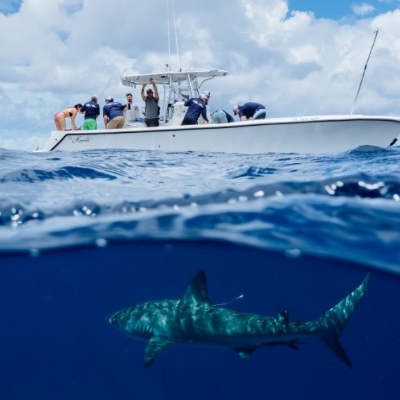
At-Sea Opportunities
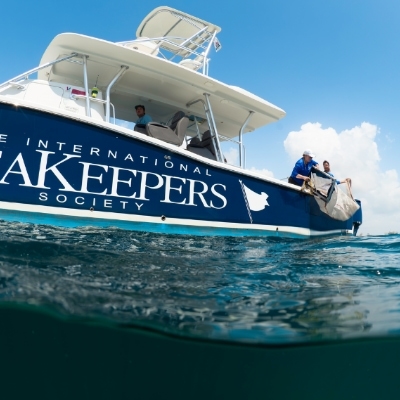
Citizen Science Opportunities
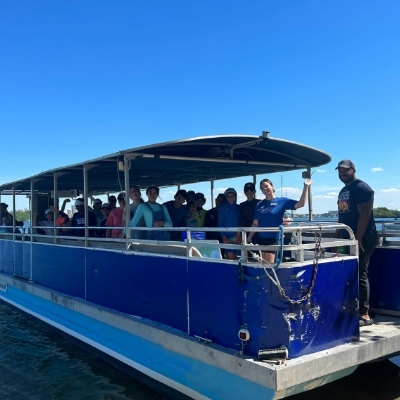
Education Opportunities
